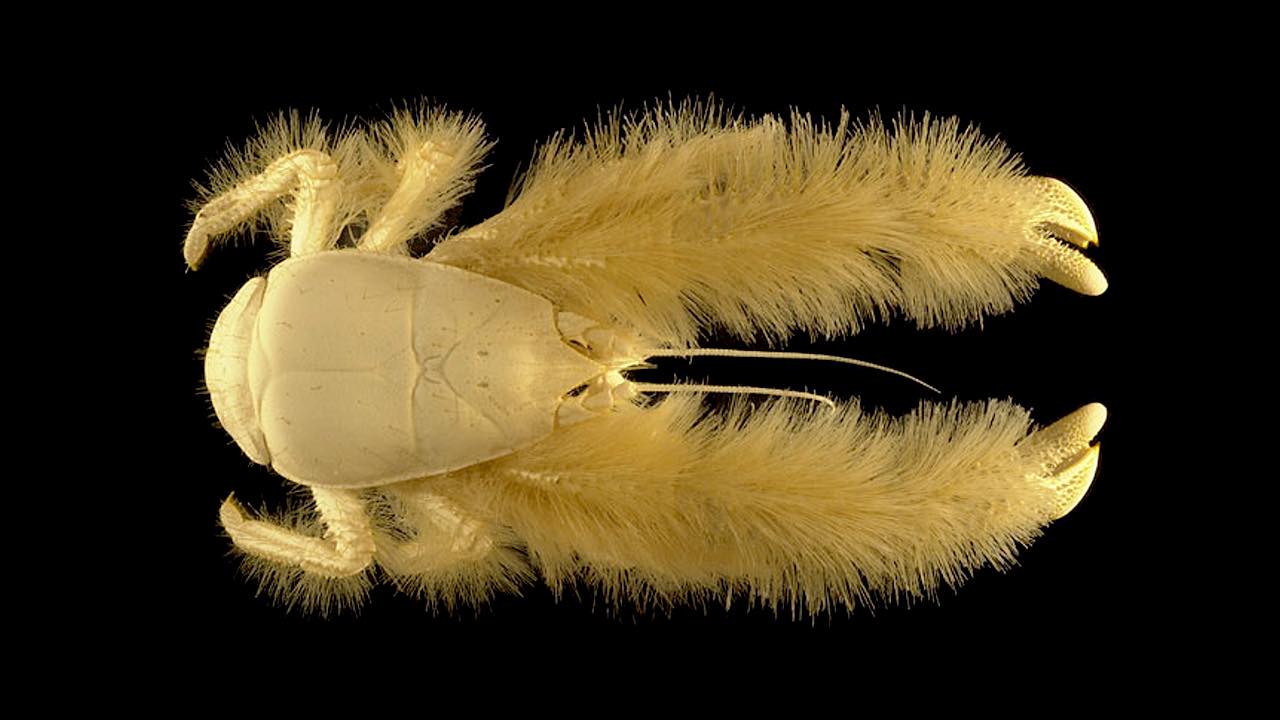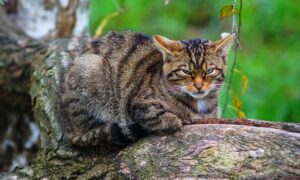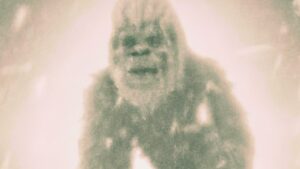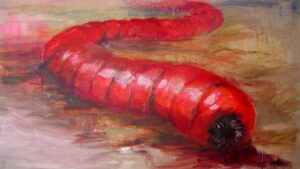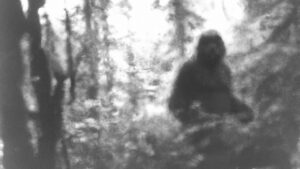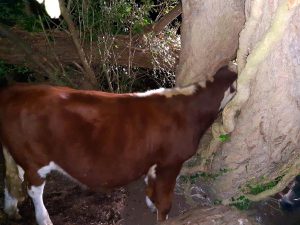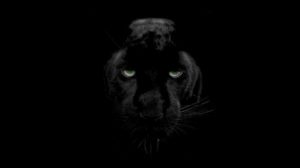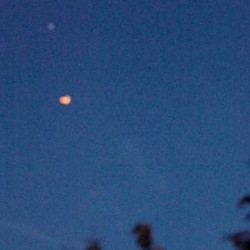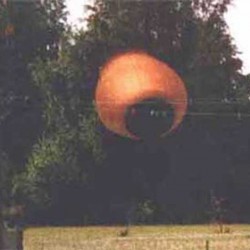The US-lead diving expedition found the creature in April of 2005 in water 2,300m (7,540ft) deep, 900 miles south of Easter Island.
The Yeti Crab (Kiwa hirsuta), is so different from any other species that scientists have decided to create a whole new taxonomic family for it.

Kiwa hirsuta is around 15cm (6in) long, white in colour and probably blind. The general shape and appearance resembles that of the freshwater “squat lobster” found in South America, but the new species has only be found living near the highly toxic hydrothermal vents of the Pacific deep sea.
The fur-like substance known as setae, covering the creature is similar to that of the Chinese mitten crabs, and appears to contain bacteria. Scientist are unsure if this bacteria is naturally growing or cultivated by the crustacean, it could be used as food or even help clear the highly toxic minerals away from the water around the creature.
New species are found in the sea every year, but the researchers who found the Yeti Crab said it’s rare to find a new species that requires a new family name. The new mane Kiwaida, comes from Kiwa, the goddess of crustaceans in Polynesian mythology.
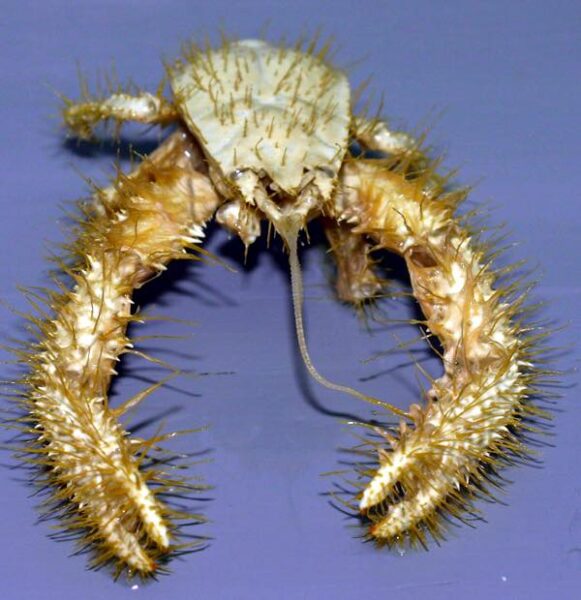
Identification
K. hirsuta was discovered in 2005 by a group organized by Robert Vrijenhoek of the Monterey Bay Aquarium Research Institute in Monterey, California and Michel Segonzac of the Ifremer and a Census of Marine Life scientist using the submarine DSV Alvin, operating from RV Atlantis. The discovery was announced on 7 March 2006. It was found along the Pacific-Antarctic Ridge, 1,500 kilometres (930 mi) south of Easter Island at a depth of 2,200 metres (7,200 ft), living on hydrothermal vents. Based on both morphology and molecular data, the organism was deemed to form a new biological family (Kiwaidae); a second species, Kiwa puravida, was discovered in 2006 and described in 2011. Yeti Crabs live in the deep oceans, in hydrothermal vents, which are deep within the ocean. These vents provide hot water which makes up the environment where these crabs live. The crabs regulate their ecosystem by using their hairy arms to collect toxins released from the hydrothermal vents.
Characteristics
The animal has strongly reduced eyes that lack pigment, and is thought to be blind. The “hairy” pincers contain filamentous bacteria, which the creature may use to detoxify poisonous minerals from the water emitted by the hydrothermal vents where it lives. This process is known as chemosynthesis. Lipid and isotope analyses provide evidence that epibiotic bacteria are the crab’s main food source and K. puravida has highly modified setae (hairs) on its 3rd maxilliped (a mouth appendage) which it uses to harvest these bacteria. Yeti crabs receive most of their essential nutrients from chemosynthetic episymbiotic bacteria which grows on hairlike setae. This chemosynthetic episymbiotic bacteria can be found growing from numerous areas of their ventral surface as well as their appendages. The ε- and γ- proteobacteria that this methane-seep species farms are closely related to hydrothermal-vent decapod epibionts. Alternatively, it may be a carnivore, although it is generally thought to feed on bacteria.
Although it is often referred to as the “furry lobster” outside the scientific literature, Kiwa hirsuta is a squat lobster, more closely related to crabs and hermit crabs than true lobsters. The term “furry lobster” is more commonly used for the family Synaxidae.
Etymology
Macpherson et al. named the genus Kiwa after “the god(dess) of the shellfish in the Polynesian mythology”. Hirsuta is Latin for “hairy”.
Related Links:
Kiwa hirsuta (Wikipedia)
French institute of research for the exploitation of the sea
Furry ‘lobster’ found in Pacific

